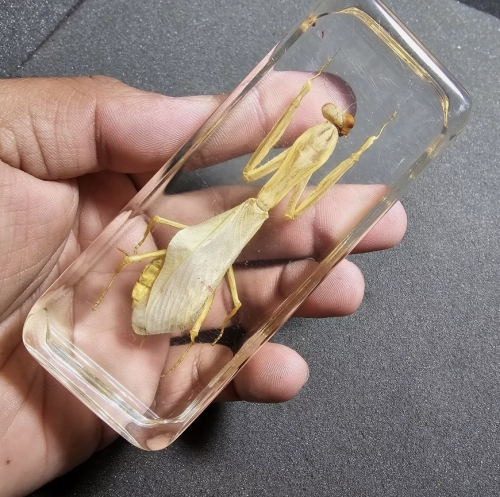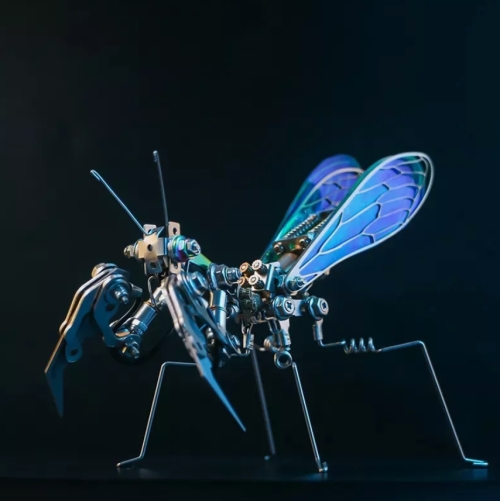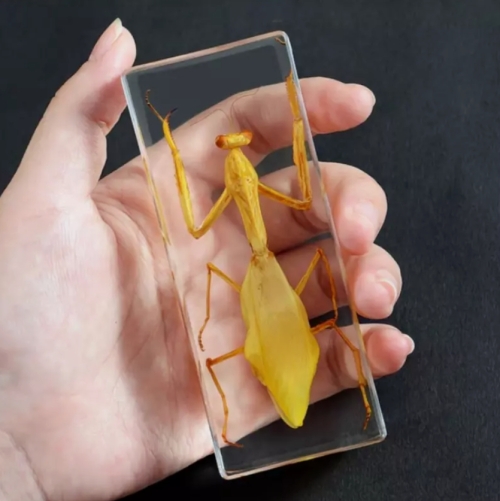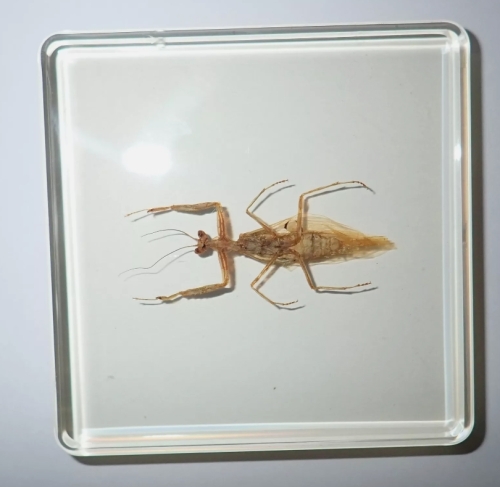Mantis, as a unique and fascinating insect, is known in nature for its hunter image and unique living habits. After being made into a specimen, the praying mantis not only provides an important observation object for biological research, but also becomes a treasure in the hearts of insect collectors.
Praying mantises are notable for their elongated bodies, broad front legs, and triangular heads. This special structure makes them extremely flexible and efficient when hunting. Mantises also have an amazing camouflage ability, blending in with their surroundings to evade predators and hunt for prey. Therefore, when we taxidermy them, we often pay special attention to preserving their unique forms and colors to show their grace and power in nature.
The process of taxidermy mantis requires meticulous care. Healthy and intact individuals should be selected first, and then treated properly to prevent the specimen from being damaged by drying or decay during preparation. Through scientific fixing and drying methods, the original form of the mantis can be maintained to the maximum extent. The completed specimen will not only show the biological characteristics of the mantis, but also give people a deeper understanding of the ecological habits and living environment of this creature.
Mantis specimens also play an important role in scientific research. Many biologists and ecologists have studied mantis specimens to study their reproductive behavior, feeding patterns, and their role in the ecosystem. At the same time, specimens are also important tools for teaching and popular science, which can help students and enthusiasts to more intuitively understand the diversity and complexity of insects.
















